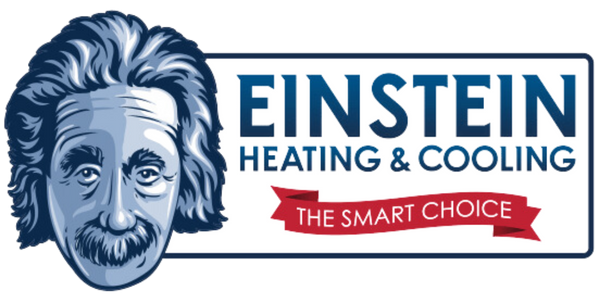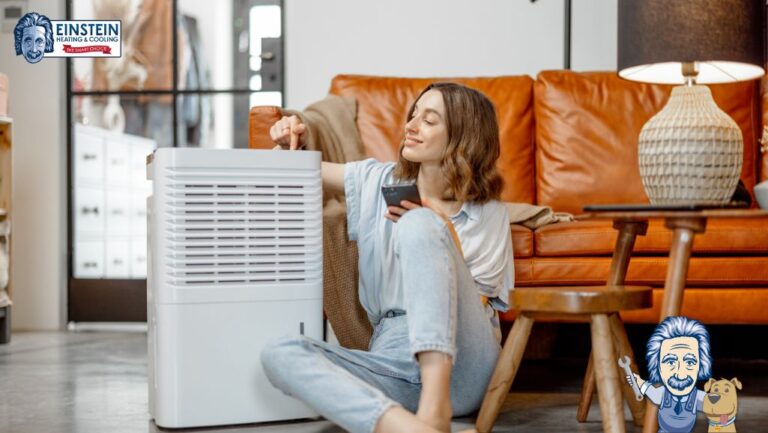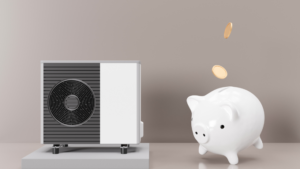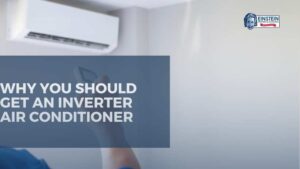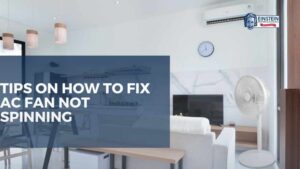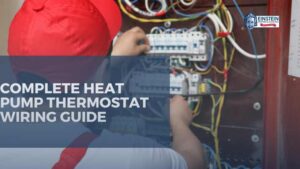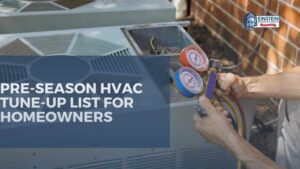Choosing the right size air purifier for your home or office space is essential to ensure optimal performance and clean air quality.
Here are some factors to consider when selecting the appropriate size air purifier:
- Room Size: The first step is to determine the square footage of the room or area where you plan to use the air purifier. Measure the length and width of the room and multiply the values to get the square footage. Different air purifiers are designed to handle specific room sizes, so be sure to choose one that is suitable for the square footage of your space.
- Clean Air Delivery Rate (CADR): The CADR rating indicates the air purifier’s effectiveness in removing specific pollutants from the air, such as dust, pollen, and smoke. Look for an air purifier with a CADR rating that matches the size of your room. Ideally, the CADR should be at least two-thirds of the room’s square footage for effective air cleaning.
- Air Changes per Hour (ACH): ACH refers to the number of times the air purifier can filter the entire volume of air within a specific room in one hour. For optimal air quality, aim for an air purifier that can provide at least four to six air changes per hour. This ensures that the air is consistently filtered and refreshed.
- Filter Efficiency and Type: Consider the type of pollutants you want to target with your air purifier. Different filters are designed to capture specific particles. For example, a HEPA (High-Efficiency Particulate Air) filter is highly effective in removing fine particles like dust, pollen, and pet dander. If you have specific concerns, such as allergies or chemical sensitivities, look for additional filters like activated carbon filters or specialized filters for specific contaminants.
- Noise Level: Keep in mind the noise level of the air purifier, especially if you plan to use it in a bedroom or office space. Look for models that have a low noise rating or offer a quiet operation mode, ensuring minimal disturbance while providing clean air.
- Maintenance and Filter Replacement: Consider the ease of maintenance and filter replacement. Check how often the filters need to be replaced and the cost of replacement filters using our in-depth articles on air purifiers. Opt for air purifiers with easily accessible and replaceable filters to ensure convenient upkeep.
- Energy Efficiency: Look for energy-efficient air purifiers that have earned the Energy Star certification. These models are designed to operate efficiently, saving energy and reducing utility costs.
By considering these factors, you can select the right size air purifier that matches your specific needs and effectively cleans the air in your home or office space. For personalized guidance, consult with an HVAC professional or air purifier specialist to ensure you make the best choice for your indoor air quality.
Choosing the Right Air Purifier
Choosing an air purifier is an important decision when it comes to improving indoor air quality and creating a healthier living environment. Here are some key factors to consider when selecting the right air purifier for your needs:
- Identify Your Air Quality Needs: Start by identifying the specific air quality issues you want to address. Do you have allergies and need relief from airborne allergens? Are you concerned about pet dander or odors? Do you want to reduce dust particles or eliminate volatile organic compounds (VOCs)? Understanding your specific needs will help you select an air purifier with the appropriate features and filters.
- Consider the Size of the Area: Measure the square footage of the room or space where you plan to use the air purifier. This will help determine the required capacity and coverage area of the unit. Most manufacturers provide information about the maximum square footage that their air purifiers can effectively handle.
- Filter Types and Efficiency: Pay attention to the type of filters used in the air purifier. The most common and effective filter is the HEPA (High-Efficiency Particulate Air) filter, which can capture small particles such as dust, pollen, and pet dander. Additionally, consider specialized filters like activated carbon filters for odors and chemical pollutants. Look for air purifiers with high filter efficiency ratings to ensure effective purification.
- Clean Air Delivery Rate (CADR): The CADR rating indicates the air purifier’s ability to remove specific pollutants from the air. It measures the volume of clean air produced per minute. Higher CADR ratings for dust, pollen, and smoke indicate better performance in removing those particles. Choose an air purifier with a CADR rating that matches your room size and specific pollutant concerns.
- Noise Level: Consider the noise level of the air purifier, especially if you plan to use it in a bedroom or workspace. Look for models that offer a quiet or sleep mode, which reduces fan speed and noise levels during nighttime use.
- Energy Efficiency: Energy-efficient air purifiers not only reduce energy consumption but also help save on electricity bills. Look for models that are Energy Star certified, as they meet strict energy efficiency standards without sacrificing performance.
- Additional Features: Some air purifiers come with additional features such as programmable timers, air quality sensors, remote controls, and multiple fan speeds. Consider which features are important to you and align with your preferences.
- Budget Considerations: Determine your budget range for an air purifier and find options that offer the best value for your investment. Keep in mind that cheaper models may have fewer features or lower filter efficiency, so balance cost with performance and long-term filter replacement expenses.
- Read Reviews and Recommendations: Before making a final decision, read customer reviews and seek recommendations from reputable sources. Real-world experiences can provide valuable insights into the effectiveness, durability, and overall performance of different air purifier models.
Choosing the right air purifier is essential for maintaining clean and healthy indoor air. By considering these factors, you can select an air purifier that best meets your specific needs and provides a comfortable living environment for you and your family.
More information about Air Purifier
Air purifiers are devices designed to remove contaminants from the air, improving indoor air quality and creating a healthier environment. Here is more information about air purifiers and how they work:
- Types of Air Purifiers:
- HEPA Air Purifiers: HEPA (High-Efficiency Particulate Air) filters are widely used in air purifiers. These filters can capture particles as small as 0.3 microns with an efficiency rate of 99.97%. HEPA air purifiers are effective in removing dust, pollen, pet dander, and other airborne allergens.
- Activated Carbon Filters: Activated carbon filters are designed to adsorb odors, gases, and chemical pollutants. These filters contain activated carbon, which has a large surface area to trap and neutralize odorous molecules and VOCs (volatile organic compounds).
- UV-C Air Purifiers: UV-C air purifiers use ultraviolet light to kill bacteria, viruses, and mold spores. The UV-C light damages the DNA structure of these microorganisms, rendering them unable to reproduce and effectively eliminating them from the air.
- Ionic Air Purifiers: Ionic air purifiers release negative ions into the air, which attach to airborne particles, causing them to clump together and fall out of the air. However, some ionic air purifiers produce ozone as a byproduct, which can be a concern for those with respiratory sensitivities.
- How Air Purifiers Work: Air purifiers draw in air from the surrounding environment and pass it through a series of filters or other purification mechanisms. The filters capture and trap particles and pollutants while allowing clean air to pass through. The purified air is then released back into the room, reducing the concentration of contaminants.
- Benefits of Air Purifiers:
- Improved Indoor Air Quality: Air purifiers help remove allergens, dust, pet dander, pollen, mold spores, and other pollutants from the air, reducing their presence and improving overall indoor air quality.
- Allergy Relief: Air purifiers with HEPA filters can provide relief to individuals suffering from allergies by reducing airborne allergens that trigger symptoms.
- Asthma Management: People with asthma can benefit from air purifiers that remove asthma triggers such as dust mites, pet dander, and pollen from the air, helping to reduce asthma attacks and symptoms.
- Odor and Smoke Reduction: Air purifiers with activated carbon filters effectively capture and neutralize odors from pets, cooking, smoke, and chemical pollutants, improving the smell and freshness of the air.
- Germ and Virus Reduction: UV-C air purifiers help eliminate bacteria, viruses, and mold spores, reducing the spread of illnesses and improving overall hygiene.
- Placement and Maintenance:
- Proper Placement: To maximize the effectiveness of an air purifier, place it in the room or area where you spend the most time. Common areas include bedrooms, living rooms, or home offices.
- Filter Replacement: Regular filter replacement is crucial for the continued performance of an air purifier. Follow the manufacturer’s guidelines on filter replacement frequency to ensure optimal purification.
- Maintenance: Clean the exterior of the air purifier periodically to remove dust and debris. Additionally, some models may require the cleaning of pre-filters or other filter components.
Remember that air purifiers are most effective when used in conjunction with good ventilation practices, regular cleaning, and maintenance of the living space. They are a valuable tool in creating a cleaner and healthier indoor environment, particularly for individuals with allergies, asthma, or sensitivities to airborne pollutants.
